Reality Check: Examining the Future of Ethanol and EVs

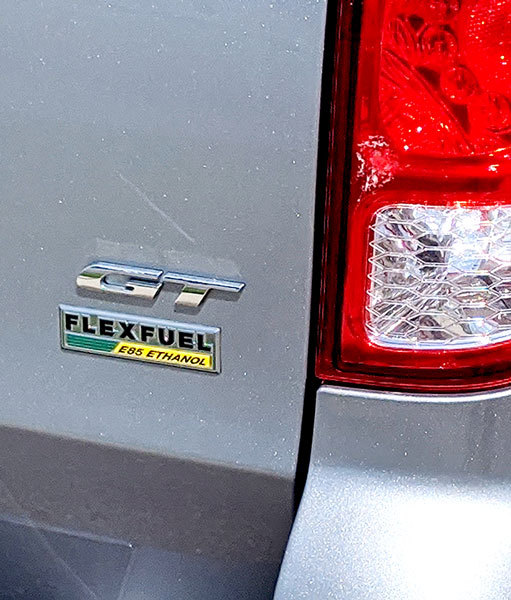
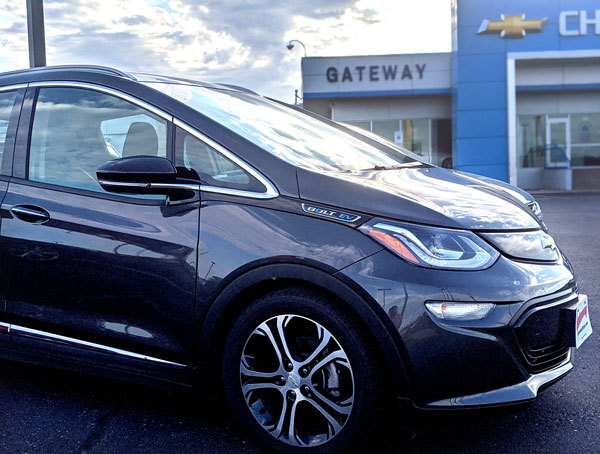
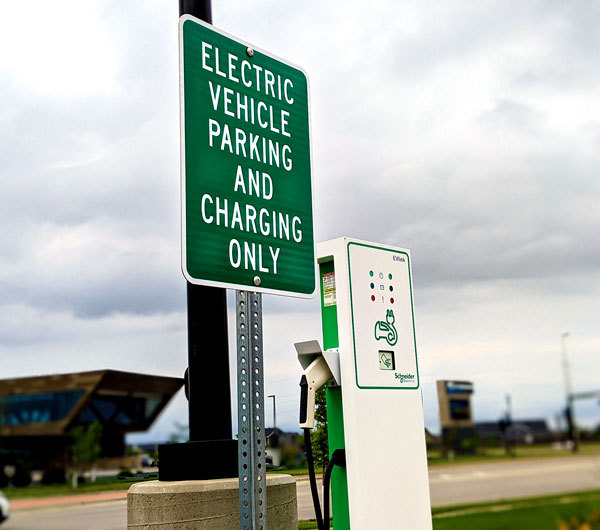
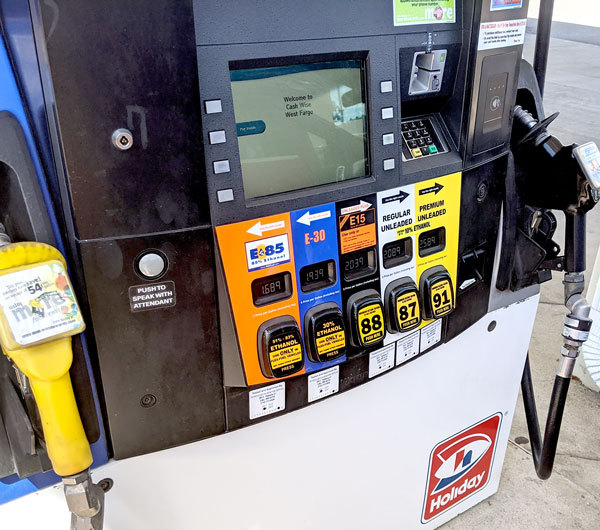
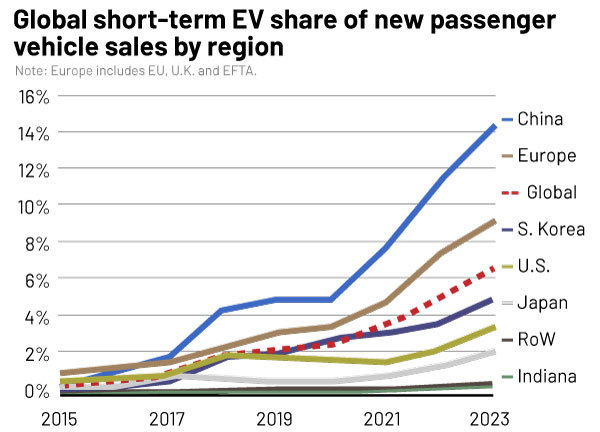
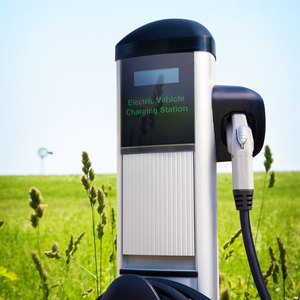
August 14, 2020
BY Matt Thompson
Doug Durante, executive director of the Clean Fuels Development Coalition, says he was taken aback during a recent congressional hearing on the Renewable Fuels Standard, as a freshman legislator questioned the need for biofuels. He says a congresswoman “raised her hand and said, ‘Excuse me, why are we having this conversation about renewable biofuels? I thought we were all going to electric?’ It’s such a naïve and ill-informed way to look at it, and we said, ‘OK. Let’s step back here a little bit and really dig into this,’” Durante says.
That digging resulted in an issue brief released earlier this year titled, “Reality EV: Why Everyone Needs to Take Another Look at Biofuels.” The brief’s lead author, Burl Haigwood, argues that electric vehicles (EVs) are far from being an immediate solution to the climate and public health crisis. Haigwood, who is a member of the CFDC advisory board, says further development of biofuels depends on showing that EVs can’t combat climate change in the near-term. “We’re never going to get the political support that we need as long as they keep holding on to this notion that somewhere, not even in the next 20 years, EVs are going to make a dent in all of the goals we want to accomplish,” Haigwood says. “What we need to do is get rid of the EV silver bullet. It doesn’t exist. It’s a fallacy.”
Indeed, research by the Massachusetts Institute of Technology, which CFDC’s brief references, indicates that EVs attaining a 50 percent market share of light-duty vehicles in the U.S. by 2050 would be a result of “aggressive climate policy.” And even if that were to happen, the research says global oil consumption will be higher in 2050 than it was in 2015.
Research by BloombergNEF also shows electrification of the U.S. light duty fleet is a long-term proposition. According to its Electric Vehicle Outlook 2020 Executive Summary, EVs will account for 60 percent of new vehicle sales in the U.S. in 2040. Despite those numbers, the report says, “In 2040, there are still more kilometers driven globally by internal combustion passenger vehicles than EVs.” The research also says that by 2040, EVs will make up 31 percent of the global passenger vehicle fleet, with some regions—like parts of Europe and China—over 50 percent.
Debunking the EV ‘Silver Bullet’
Durante says California can be used as a current case study. He says the state sells approximately 2 to 3 million cars per year. The state’s goal is to have EVs account for 40 percent of the light duty fleet by 2030. “So, each year, even if you add 300,000, 200,000, 400,000, you’re still putting out 1.5 million conventional vehicles,” Durante says. “If you really are serious about reducing carbon and reducing petroleum consumption, then you ought to focus on the internal combustion engine. That’s where ethanol can shine.”
Geoff Cooper, president and CEO of the Renewable Fuels Association, believes the ethanol industry recognizes that widespread adoption of EVs is several years—if not decades—away. But agrees there are others outside the industry who see EVs as a near-term solution to climate issues. “I think there are those that hold the opinion that we can transition the fleet to electric vehicles overnight and that that’s going to be a silver bullet for our climate issues, and we just don’t see the transition unfolding that way,” Cooper says.
While such a changeover to EVs won’t be immediate, Cooper says they do have a role to play. “We’re not trying to go against EVs or necessarily compete with EVs,” he says. “We think electric vehicles and internal combustion engines that are using liquid fuels will both have a role and should coexist moving forward.” He adds that ethanol “just wants a fair shake and we want consumers to also have the choice to choose higher ethanol blends, whether that’s E30 high-octane, low-carbon fuel, or whether that’s E85 in a flex-fuel vehicle.”
Advertisement
Advertisement
Growth Energy CEO Emily Skor agrees that EVs can and should coexist with ethanol to fight climate issues. “There is no one-size-fits-all path toward decarbonization, which is why renewable biofuels remain vital to any effective transition away from fossil fuels,” she says. “Biofuels and EVs both play a role in reducing our dependence on fossil fuels, and if we are to attain meaningful climate goals, then we need to be open to both. Even with more electric vehicles, the vast majority of cars on the road will continue to be powered by liquid fuels for years to come.”
The ’Hidden’ Costs
In addition to market penetration of EVs, there are other factors to consider, including the environmental cost of producing batteries and generating electricity to charge them, the availability of charging stations for those who don’t live in single-family homes, and the fact that EV infrastructure build-out will likely require federal and state subsidies, according CFDC’s brief. Not all EV owners can charge their vehicles at home, the brief says, because 30% of the U.S. population doesn’t live in a single-family house.
They’re also expensive. CFDC cites research that 66% of EV owners make more than $100,00 per year. “Of the 163.5 million employed workers in the U.S., just 14.8 million individuals earn more than $100,000, or 9 percent. Therefore, about 5.4 million people would be potential purchasers of an EV. Compare that number to the 267 million registered vehicles on the road.”
In addition, Durante says the subsidies necessary for wider EV adoption may no longer be an option or will be severely reduced. “COVID is really going to hit state budgets hard,” Durante says. “And the state incentives are really important to complement the federal incentives, which are already under great strain.”
And despite their appeal to environmentalists, EVs also come with an environmental cost. Cooper says the carbon intensity of EVs is increased when electricity generated from coal is used to charge them. “The climate benefits or carbon benefits of electric vehicles are highly variable, depending on the source of electricity,” he says. “Electric vehicles are going to be attractive in some areas and some situations and low-carbon liquid fuels are going to be more attractive, or better, in other areas and situations. And I think the market will figure out how that’s all going to fit together.”
Those are issues that need to be tackled, Durante says. “How do you address the subsidy issue? How do you address the cost issue? How do you address the recharging issue? How do you address the battery issue and cobalt mining in impoverished countries? I’m not saying I won’t accept that, but I’ve never heard a good answer.”
And Cooper says that while EVs aren’t an immediate solution, ethanol is. “Ethanol is available here and now,” Cooper says. “It is available at large scale at significant volumes, and it would be a lower cost and quicker transition to move to higher ethanol blends in optimized, high-compression ratio engines that take advantage of ethanol’s octane properties, and its low-carbon properties. You could have a situation where a high-compression ratio engine is using a 100 RON or 98 RON blend of E30 and you’re getting very good carbon reductions from that system that would rival electric vehicles, even when they’re using cleaner grids on the East and West Coast,” he says.
Advertisement
Advertisement
Cooper says ethanol needs a fair chance to compete with other fuels, including electricity, and Durante agrees. “I am a firm believer when it comes to environmental performance, corn ethanol can do everything that an electric vehicle can do, if not more,” he says. “I just think that’s a message we need to do a better job of getting out. Of course the key is, we’ve got to be given the opportunity to demonstrate that and show that, and consumers have to be given the choice and opportunity to take advantage of those properties. And so those are things we need to continue to work on as an industry.
“I’m thinking of people who aren’t ethanol supporters, would have to look at [the issue brief] and say, ‘Wow, you raise a lot of issues that need to be addressed before we assume this is going to be our savior,’” Durante says.
Cleanup Time
Haigwood and Durante say ethanol trade groups haven’t embraced CFDC’s message as they’re busy with other regulatory issues. “This is nobody’s fault, but there’s always some crisis,” Durante says. “Whether it was getting E15, now the waivers from the RFS, the RFS is constantly under attack,” Durante says.
And Cooper agrees that much of the industry’s focus has been on promoting growth. “We are constantly on guard and playing defense to ensure that those regulations aren’t administered in a way by EPA that undermines the industry and constrains growth,” he says. “Many of these regulations and policies were designed to grow the industry and grow the consumption of renewable fuels, and unfortunately EPA has administered them and enforced them in ways that haven’t done that. That’s an ongoing battle,” Cooper says.
But, given the global pandemic, both Cooper and Durante say now is the time to focus on air quality. “There’s going to be tons of gasoline out there, and it is aromatic laden, and we are finding a direct connection to the COVID rates,” Durante says.
“We do think this moment provides an opportunity to revisit ethanol’s benefits to air quality,” Cooper says. “Much of the focus has been on greenhouse gas emissions and climate change in recent years, but COVID-19 has really brought criteria pollutants and air quality and human health impacts back to the fore, and ethanol absolutely has a good story to tell there. We’re reducing particulate matter emissions, reducing carbon monoxide, reducing NOX emissions and all those other pollutants that lead to asthma and respiratory illness, and in fact cancer and other health problems as well. So, ethanol is a solution to those problems and that’s one more reason that we should be looking at policy solutions that facilitate increased levels of ethanol in the blend and not limiting or constraining the amount of ethanol that we’re using.”
Haigwood agrees. He says the content of benzene in gasoline is a public health issue, and that recently, ethanol groups have started to address it. “I would say, in the last three months, you are beginning to hear the ethanol industry respond to this octane thing, this stuff in gasoline, because they don’t really have anywhere else to go,” Haigwood says, adding that the fact that ethanol replaces benzine in gasoline is “indefensible.”
And Durante says that even if EVs replace some of the light-duty vehicle fleet, gasoline’s effect on air quality will still need to be addressed. “What about the other 60 percent of the fuel that’s gasoline? What are you going to do about that? And that’s what the ethanol industry needs to do. It needs to demand the environmental community get their head out of the sand and recognize that, you’re right, this is only part of the problem,” Durante says.
Cooper agrees. “You can’t turn over a fleet of 240 million vehicles overnight,” he says. ”And so, why not focus on doing everything we can to decarbonize the liquid fuels that are going to be used in the next few decades as an increasing share of the fleet does transition to electric vehicles? Let’s do what we can to clean up the remaining liquid fuel use in the rest of the fleet.”
Author: Matt Thompson
Associate Editor, Ethanol Producer Magazine
701.738.4922
mthompson@bbiinternational.com
Related Stories
The U.S. EPA on July 8 hosted virtual public hearing to gather input on the agency’s recently released proposed rule to set 2026 and 2027 RFS RVOs. Members of the biofuel industry were among those to offer testimony during the event.
The U.S. exported 31,160.5 metric tons of biodiesel and biodiesel blends of B30 and greater in May, according to data released by the USDA Foreign Agricultural Service on July 3. Biodiesel imports were 2,226.2 metric tons for the month.
The USDA’s Risk Management Agency is implementing multiple changes to the Camelina pilot insurance program for the 2026 and succeeding crop years. The changes will expand coverage options and provide greater flexibility for producers.
EcoCeres Inc. has signed a multi-year agreement to supply British Airways with sustainable aviation fuel (SAF). The fuel will be produced from 100% waste-based biomass feedstock, such as used cooking oil (UCO).
President Trump on July 4 signed the “One Big Beautiful Bill Act.” The legislation extends and updates the 45Z credit and revives a tax credit benefiting small biodiesel producers but repeals several other bioenergy-related tax incentives.
Upcoming Events










